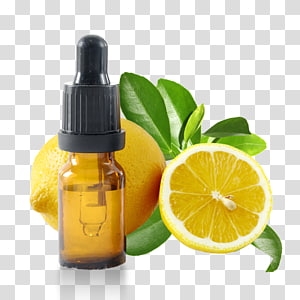Citral Market Size To Expand Significantly by 2030Posted by Pearl Smith on June 1st, 2023  Citral is a naturally occurring compound found in various essential oils, such as lemon grass, lemon verbena, and certain citrus fruits. It is a highly versatile chemical that is widely used in the fragrance and flavor industry, as well as in the production of various chemicals and pharmaceuticals. The global market for citral has experienced significant growth over the years, driven by its diverse applications and increasing demand from end-use industries. Here is some complete information about the citral market: Market Overview:The global citral market has been witnessing steady growth due to its wide-ranging applications across different industries. Citral is primarily used as a fragrance and flavoring agent in the production of perfumes, personal care products, soaps, detergents, and food and beverages. It is also utilized in the synthesis of several chemicals and pharmaceutical intermediates. Types of Citral: Citral is commercially available in two isomeric forms: geranial (trans-citral) and neral (cis-citral). Geranial has a strong lemon-like aroma, while neral has a more citrusy, floral scent. Both isomers are used in various applications depending on their specific characteristics. Market Drivers: Several factors are driving the growth of the citral market, including: a. Increasing demand for natural fragrances and flavors in the food and beverage industry. Market Applications: The key applications of citral include: a. Fragrances and Flavors: Citral is extensively used as a fragrance and flavoring agent in perfumes, cosmetics, toiletries, household products, and food and beverages. Regional Market Analysis: The citral market is geographically segmented into North America, Europe, Asia Pacific, Latin America, and the Middle East and Africa. Asia Pacific is a significant market for citral due to the presence of major citral producers, such as China and India. North America and Europe also contribute significantly to the market growth, driven by the demand for natural fragrances and flavors. Key Players: Prominent companies operating in the global citral market include: Market Challenges: The citral market faces certain challenges that could impact its growth, such as: a. Fluctuating prices of raw materials, especially essential oils, which affect the cost of citral production. Future Outlook: The global citral market is expected to continue its growth trajectory in the coming years. The demand for natural fragrances and flavors, coupled with the expanding applications in pharmaceuticals and chemicals, will drive the market. Additionally, advancements in citral extraction techniques and the development of innovative applications could further propel the market's growth. Like it? Share it!More by this author |


